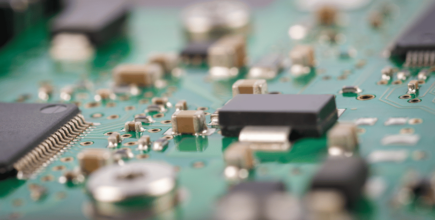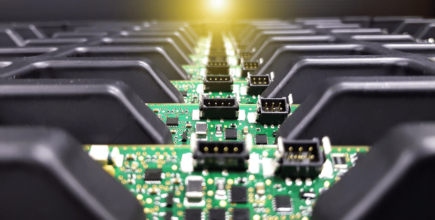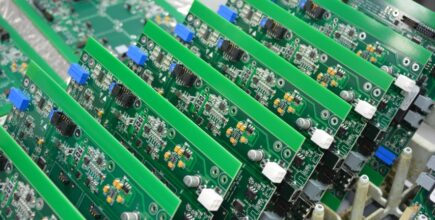
Navigating the Digital Frontier: The State of Cybersecurity in the Electronics Industry
box build, cable, cybersecurity, pcba, wire harness In the rapidly advancing landscape of the electronics industry, where innovation and connectivity reign supreme, the issue of cybersecurity has become more crucial than...Read More
Ensuring Reliability: Unveiling the Testing and Validation Magic in PGF’s PCB Assembly
pcb, pcb assebmly, pcba, printed circuit board, printed circuit board assembly, single sided, testing In the dynamic realm of electronic manufacturing, the reliability of printed circuit board (PCB) assemblies is paramount. At PGF Technology Group, we go beyond...Read More
Tech Talks: Previews for Upcoming Videos
box build, pcb assembly, pcba, tech talks, videos, webinars, wire harness At PGF Technology Group, our commitment to knowledge sharing extends beyond our cutting-edge custom manufacturing of printed circuit boards (PCBs), cables, wire harnesses, and...Read More







